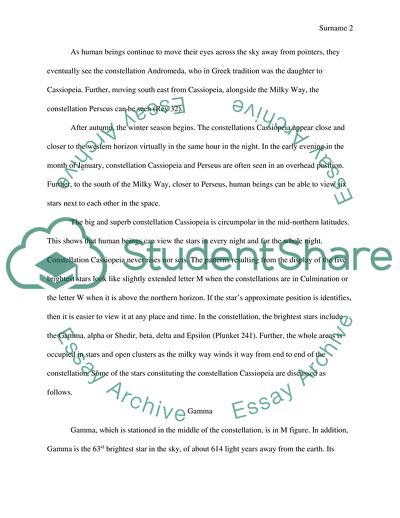Cite this document
(Cassiopeia Constellation Report Example | Topics and Well Written Essays - 1500 words, n.d.)
Cassiopeia Constellation Report Example | Topics and Well Written Essays - 1500 words. https://studentshare.org/physics/1774878-casseopea-constellation
Cassiopeia Constellation Report Example | Topics and Well Written Essays - 1500 words. https://studentshare.org/physics/1774878-casseopea-constellation
(Cassiopeia Constellation Report Example | Topics and Well Written Essays - 1500 Words)
Cassiopeia Constellation Report Example | Topics and Well Written Essays - 1500 Words. https://studentshare.org/physics/1774878-casseopea-constellation.
Cassiopeia Constellation Report Example | Topics and Well Written Essays - 1500 Words. https://studentshare.org/physics/1774878-casseopea-constellation.
“Cassiopeia Constellation Report Example | Topics and Well Written Essays - 1500 Words”. https://studentshare.org/physics/1774878-casseopea-constellation.


